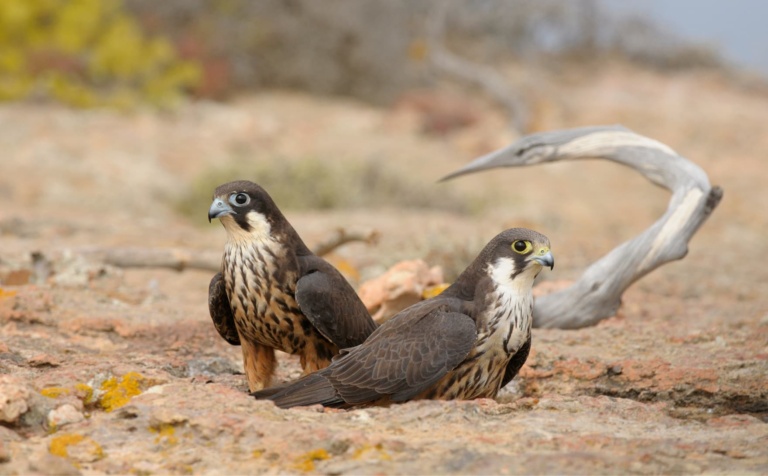Where: Carloforte salt pans, on the southern side of the town
What: Nature trail, birdwatching, jogging
The Salt Route is designated a Site of Community Importance (SCI) where some of Sardinia’s most important avifaunal rarities live. The different species can easily be found in one or other of the three sectors into which the salt basin is divided: the different salt concentration in each of them contributes to the conservation of a great environmental variety, in which each different species finds the ideal habitat in which to live permanently or to stop off for short or long periods. Among others, the Corsican Gull, the Herring Gull, the Common Tern, the Black-winged Stilt, the Little Egret, the Avocet, and the Little Tern nest here. The species that winter on the island and find the nourishment they need in this wetland are only observed at certain times of the year: the Pink Flamingo, the Grey Heron and the Kingfisher are perhaps the most easily recognisable. The ichthyofauna is also interesting, including mullets, eels and sea bass.
The canal that delimits the large area of the salt pans was built at the end of the 19th century to protect against flooding and to facilitate the transport of salt. Those who venture along the walkway that runs alongside it will see the tanks with the highest concentration of salt turn pink at certain times of the year. This phenomenon is caused by a micro-algae, Dunaliella salina, which gives its pigments to a plant, Artemia salina, which, in turn, gives them to the wings of the flamingos, who move elegantly and are reflected in the still waters of the large pools. It is as if this algae spreads through the environment from the plant kingdom to the animal kingdom, with its colour explicit in the complexity of delicate relationships linking each element to the other in the extremely fragile environment of which they are part.







